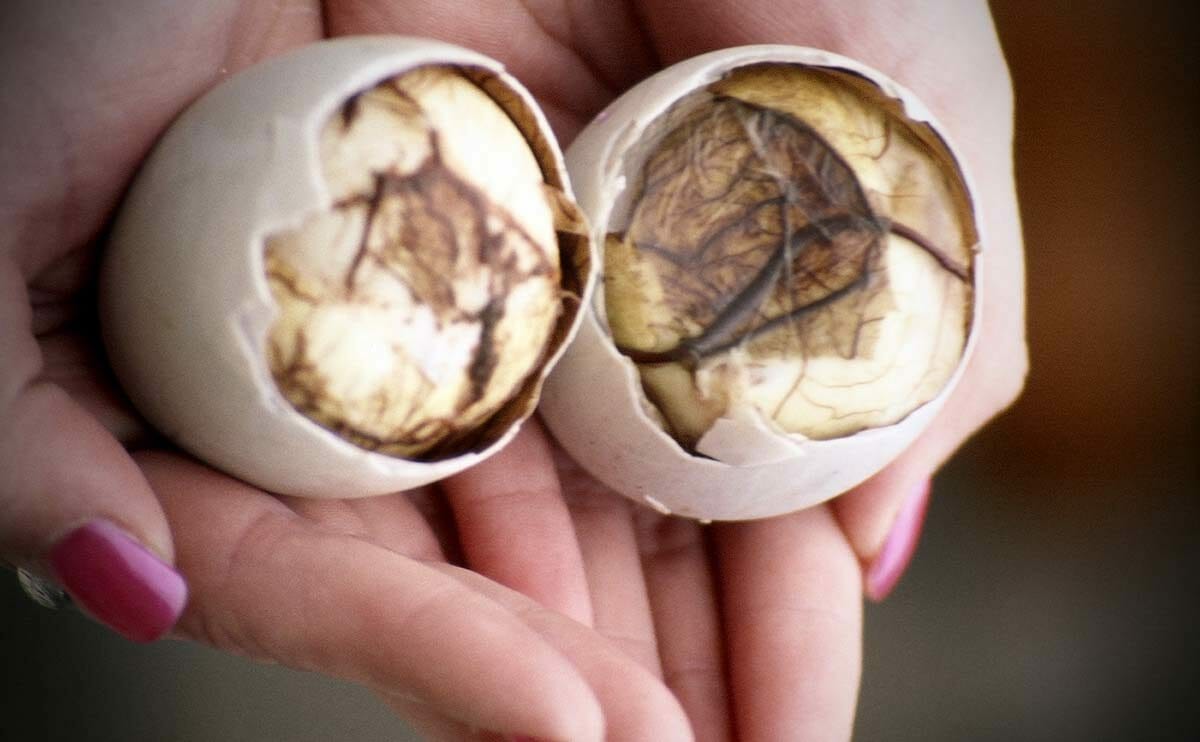Embark on a gastronomic odyssey to the Philippines, where a unique culinary experience awaits the daring—the enigmatic world of Balut. Regarded as both a delicacy and a cultural icon, Balut is not just an egg; it’s a culinary adventure that challenges preconceptions and offers a taste of tradition, daring palates to explore the extraordinary.
The Basics: What is Balut?
Balut is a fertilized duck egg that undergoes a specific incubation period before being boiled or steamed and then enjoyed as a savory delicacy. The embryo, typically between 17 to 21 days old, is partially developed, featuring a combination of broth, tender meat, and various textures.
Cultural Roots: A Filipino Culinary Tradition
Balut holds deep cultural significance in the Philippines, where it is often considered street food and a staple in local markets. The dish is intertwined with Filipino identity, embodying resilience, resourcefulness, and a connection to both rural and urban lifestyles.
Eating Balut: A Sensory Experience
For the uninitiated, the prospect of consuming a partially developed duck embryo might seem daunting. However, the experience of eating Balut is not just about taste; it engages multiple senses. The ritual begins with cracking the eggshell, revealing the savory aroma within. The broth, rich in flavors, is sipped first, followed by the tender meat and the contrasting crunch of the developing bones and cartilage.
Flavor Profile: Savory Delights Amidst Texture Variations
Balut offers a unique flavor profile that combines the richness of the broth, the succulence of the embryo, and the interplay of textures. The yolk, which has a creamy consistency, contrasts with the more substantial texture of the developing duckling. Seasoned with a pinch of salt, Balut presents a savory medley that surprises and delights adventurous eaters.
Health Perceptions: Nutrient-Rich and Local Wisdom
Beyond the initial hesitation, Balut carries nutritional benefits. Packed with protein, vitamins, and minerals, it provides a substantial energy boost. Locals often tout Balut as a remedy for fatigue and a source of strength, reflecting the blend of culinary tradition and local wisdom.
Culinary Creativity: Balut Beyond the Basics
While Balut is traditionally enjoyed on its own, Filipino chefs and food enthusiasts have explored creative ways to incorporate it into various dishes. From Balut sa Gata (Balut in Coconut Milk) to Balut-inspired pizzas, the culinary landscape continues to evolve, showcasing the adaptability of this unique ingredient.
Challenges and Controversies: Balut in the Global Context
Despite its cultural significance, Balut faces challenges on the global stage due to cultural differences and perceptions. The unfamiliarity of eating partially developed embryos can lead to misconceptions and hesitations. However, for those willing to step outside their comfort zones, Balut represents an opportunity to engage with a diverse culinary heritage.
Conclusion: Balut as a Culinary Frontier
Balut is more than a dish; it’s a symbol of culinary exploration, cultural pride, and the diverse ways in which food connects people to their heritage. For those open to new gastronomic adventures, Balut offers not just a taste of tradition but an immersive journey into the heart of Filipino cuisine—one that invites individuals to go beyond the shell and savor the rich tapestry of flavors and stories contained within.

